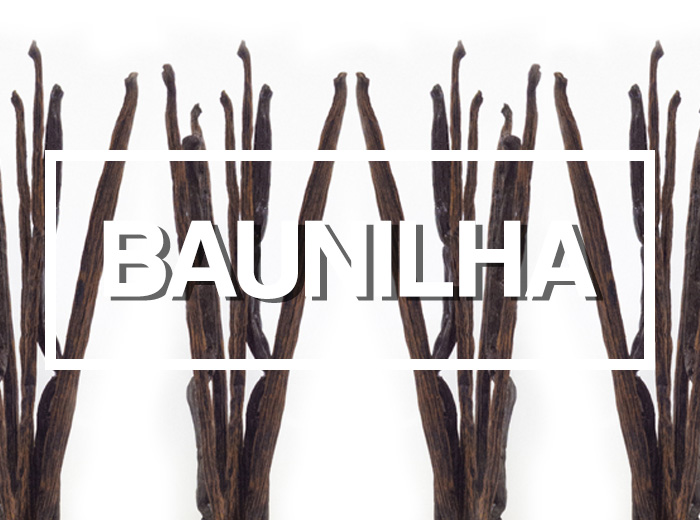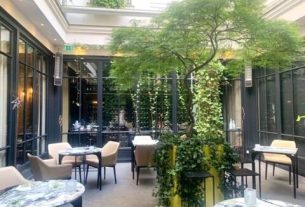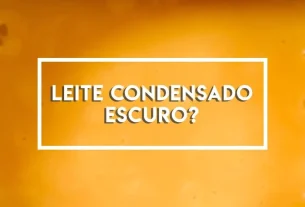I believe I can call Vanilla of nature’s jewel. A simple ingredient, but if you like confectionery you will fall in love with it and learn to value it. The power to transform a basic cream into something surprising is for few!
Definition: What is Vanilla?
It is produced by some species that form the genus Vanilla of the family of orchids. Exactly, the plant that produces the bean has an orchid as its flower. It is native to Mexico, currently the largest producer is Madagascar. Among the species, Vanilla planifolia is the variety that produces the greatest amount of vanilina.
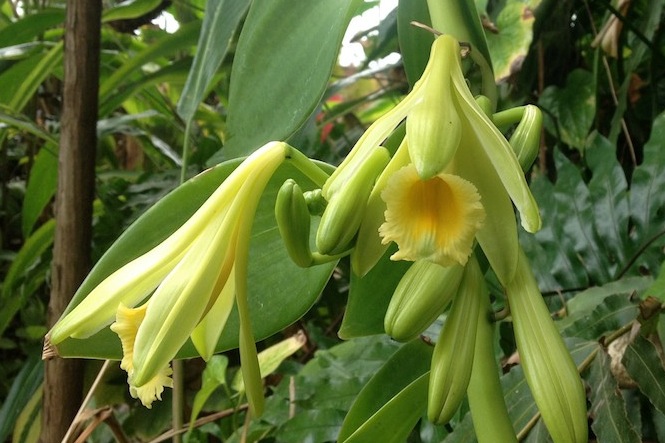

Foto: Malcom Manners | Creative Commons
It has a climbing profile as it needs support, which can be other plants or a piece of wood. The bean is the fruit produced by the plant. To do this, it is necessary to fertilize the ovule with pollen, like practically all fruits.
The flower is hermaphrodite, that is, it has a feminine and masculine part. However, there is protection to prevent self-fertilization from occurring. Thus, pollen from another flower is needed for a bean to be generated.
For a long time, production was restricted to Mexico because of a bee that pollinated the flowers that only exists there. Until a way of manual pollination was discovered with a bamboo stick that is still used today. This method dates back to 1841.
Another detail, once the flower opens it lasts a maximum of one day (sometimes even less), so continuous care is needed to not miss the opportunity for pollination.
From the green bean to the final product that is sold, there are several steps. From the growing time to curing, they develop the aroma, flavor and color of the bean. It is laborious and time-consuming, which is reflected in the price.
Both the bean and the extract are expensive due to the time and manual work required. It is no wonder that after real saffron (dry stigma of the flower Crocus sativus), vanilla is the second most expensive condiment in the world. In mid-2010 there was a drop in price, however, they soon rose again.
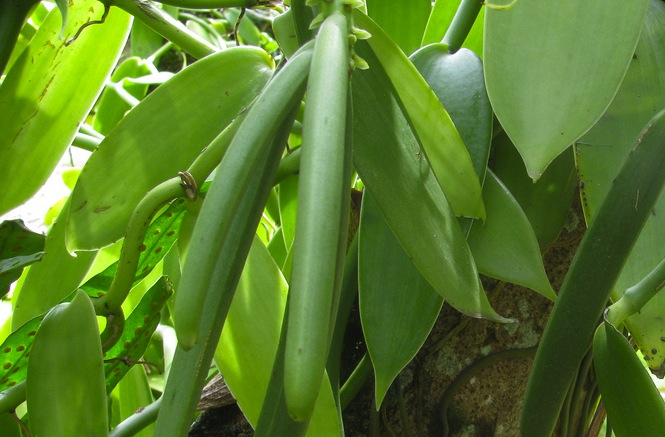

Foto: Forest Starr e Kim Starr | Creative Commons
Vanilla Flavor: Vanillin
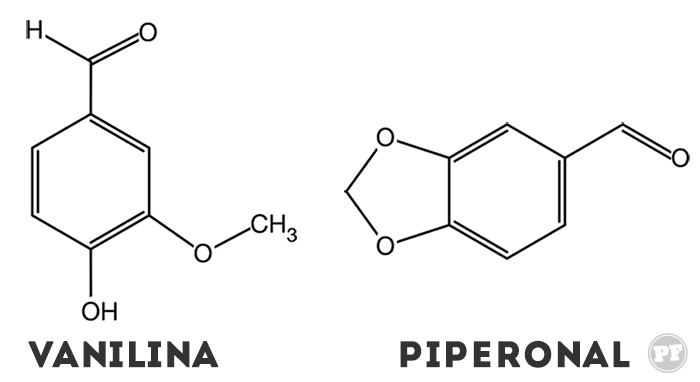
The characteristic aroma and flavor of vanilla is attributed to the compound vanilina, each bean has an average of 2.5%. There are other substances that contribute to the properties and sensorial quality of vanilla, such as piperonal (essential oil).
Artificial vanilla flavorings are made with vsynthetic aniline produced by chemical industries. The use goes beyond food, it can be used as a chemical reagent in chromatography. And the color of the essence is really dye, the vanillina pura It is a transparent liquid.
Cerrado Vanilla
As the name suggests, it is a variety from here in our country. Brazilian cerrado. Visually, the fruit is very similar to that of Vanilla planifoliaonly the size is very different: the one in Cerrado is bigger!
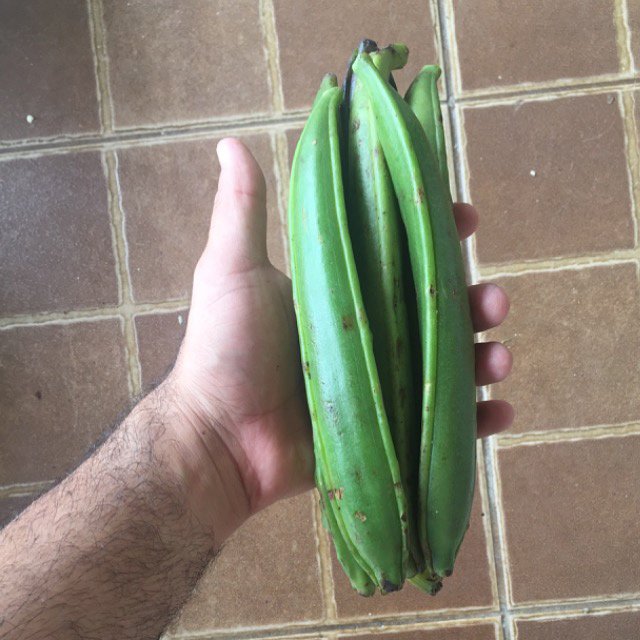

Photo: Vanilha do Cerrado
Cerrado vanilla is produced by other plants, but of the same genus: Vanilla edwallii, V. bahiana, V. chamissonis, V. doubts e V. pompona. And the growth time is similar to Vanilla planifolia,about 9 months, apart from processing until ready for use.
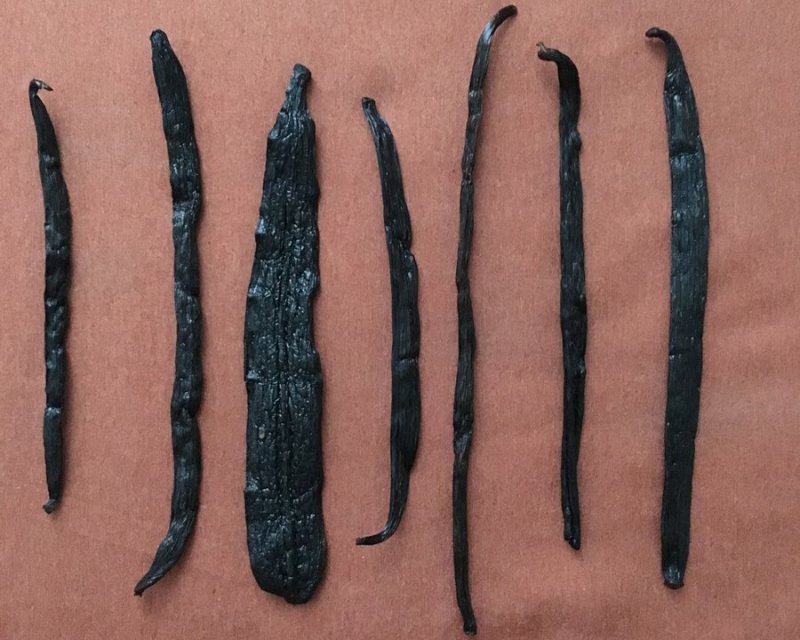

Photo: Vanilha do Cerrado
Availability is still small and to be honest, I’ve never seen it in person, only in photos. It’s almost a mythical ingredient! Those who have already used it told me that the aroma/flavor is similar to the traditional one, but softer and more delicate.
O ATA institute has a project to promote the cultivation and production of vanilla from the cerrado: Vanilha do Cerrado.
Vanilla: Available products
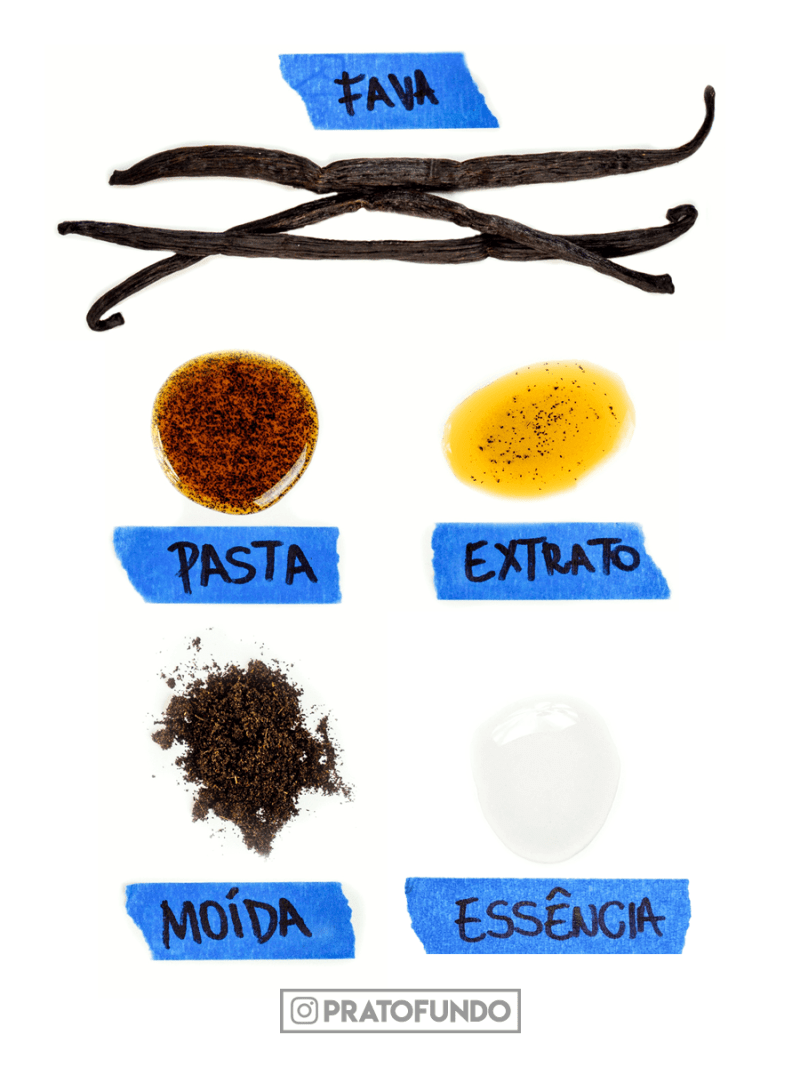
- vanilla bean: the ripened and ready-to-use pod has a high price and is generally easier to find, depending on the city in large markets. In emporiums or specialized product stores it is more common.
- vanilla paste: is made from a viscous base (sugar syrup and thickeners). Vanilla comes in as an extract, processed whole bean and/or ground used bean left over from the extract manufacturing process. In the case of ground beans, it is more of a visual factor than an aroma/flavor factor. It is more concentrated in terms of aroma/flavor, it is not as common in Brazil. The average price is around $21/100mL ($21 for every 100mL). On American Amazon it sells: Pure Vanilla Bean Paste.
- Vanilla extract: solution with a minimum of 35% alcohol and 380g of vanilla bean (dry and with a maximum of 25% moisture) per gallon (1 gallon ≅ 3.785 liters) in the USA. Here in Brazil, 70% alcohol and at least 12% fava beans. A few brands sell in Brazil, but the price is not worth it, it is around R$133/100mL (that’s right, R$133 reais for every 100mL). It is less intense than the paste. (Source: US Food and Drug Administration and ANVISA)
- Ground vanilla: in English it is used of the term powder which is powder, but for us it doesn’t describe the product very well. It’s not a dry powder, it still has a certain amount of moisture. It can refer to two things: 1) whole bean that has been ground or 2) already used bean left over from the extract manufacturing process. In Brazil, I never saw it for sale, I got a glass from the USA. Because it is ground, the aroma tends to be lost faster than normal, however, it helps with the aesthetics of the preparation: it leaves a lot of specks. The average value is $150/100g ($150 dollars for every 100g). On American Amazon it sells: Pure Vanilla Bean Powder.
- Vanilla extract via carbon dioxide: the extract is made using carbon dioxide in the super-critical fluid state, which results in more efficient extraction, and the final extract is more intense. However, it is still a relatively new and expensive product.
- Artificial essence: synthetic vanillin diluted in alcohol and caramel coloring. The price varies depending on where and which one you buy, in the supermarket it is R$33/100mL (R$33 reais for each 100mL) and in a confectionery store it is R$9/100mL (R$9 reais for each 100mL, but if you buy the food service version 900mL is even cheaper).
- Vanilla/vanilla sugar: refined (or icing) sugar artificially flavored with synthetic vanillin. However, there are versions in which the fava bean is used.
In recent years it has become easier to find vanilla beans on the market. Unfortunately, the extract still remains a problem. The versions for sale in the country are extremely expensive for the quantity delivered. Just like the folder.
Here are some tips on how to use this wealth of nature:
How to buy vanilla?
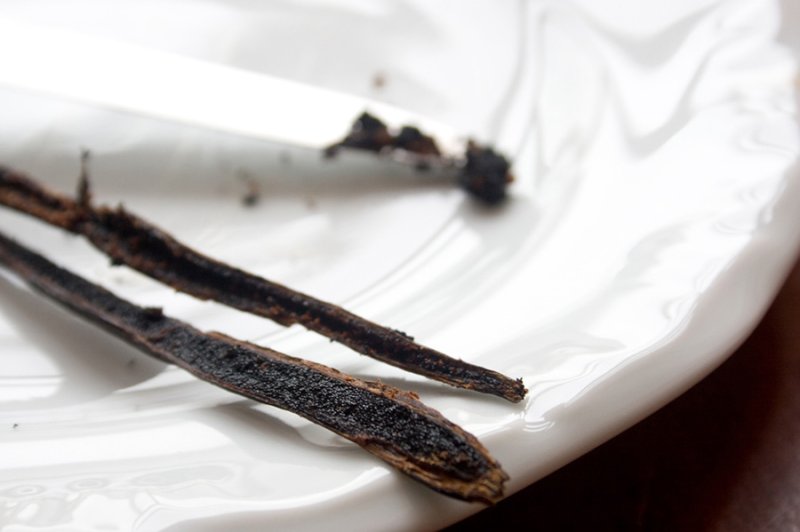
By handling it, as I showed above, it is possible to understand why the bean is so expensive. In short: It takes time and is a lot of work.
Like this, vanilla bean will be expensive. Point.
Unfortunately, in Brazil it is actually much more expensive than abroad. That is, when the dollar is friendlier, with it costing almost R$4 reais (price in July/2018). Even buying abroad, it was expensive. Nowadays (July/2018), fava beans cost an average of R$20/each.
Breathe. Yes, it is quite expensive.
So, when buying, analyze the bean carefully to:
- It should not be dry and hard, but soft.
- There should be no signs of mold, this indicates that storage was done poorly.
- There should be a very present vanilla aroma, which generally permeates the packaging.
- Give preference to beans in closed packaging, in open packaging the aroma evaporates more easily and external aromas can enter. Places with a lot of aromas can also interfere.
Beware of tampering
That being said, stay alert: If you find very cheap vanilla beans, be suspicious. Nowadays, I don’t hear much about it, but when this post was initially published (2008) reports of broad beans adulterated with coumarin (aromatic substance similar to vanillin), it is the same one present in cumaru (tonka beans, Dipteryx odorata). The coumarin detail is a potentially toxic substanceIn excess, it can cause liver and kidney damage.
Furthermore, there are specific varieties of vanilla for perfumery that do not have a food standard, so they are also cheaper. And, sometimes, these two methods were combined to lower the price of fava beans.
O FDA (Food and Drugs Administrationan American body similar to Anvisa): prohibits the use of coumarin in foods for human consumption, and when this occurs it is classified product adulteration (FDA: 21CFR189.130)
Me and Anvisa it even allows its use, but with restrictions on which preparations can be used, the quantity and how the compound must be added. For example, it cannot be added as an ingredient itself, it must be part of aromas prepared with it (RDC 2/2007). And the use of cumaru essential oil use is prohibited.
I know a lot of people use Cumaru as an alternative to vanilla. The amount of coumarin in the seed varies between 1-3% (1-3g for every 100g of seed), you would have to eat a very large amount to have an immediate risk. Risk always exists for everything, with a greater or lesser chance of something happening. My point is: know that it exists and make choices accordingly.
How to use Vanilla Bean
A vanilla It is used to flavor various preparations, generally in confectionery. Each available option has its usefulness and will depend on the preparation.
O SeriousEats, an amazing food website, did a test comparing artificial essence, fava beans and extracts. And here comes the shock: the panel of judges did not always choose the bean or the extract as the best within the preparation being tasted. To learn more: Taste Test: Is Better Vanilla Extract Worth the Price? (in English).
My recommendation is:
- For roasts: in cakes and cookies, the artificial essence will do her job. And most people won’t notice a difference, plus as these recipes have other ingredients in large quantities, the possible nuances of a bean or extract will be diluted and lost during cooking.
- Quick cooking or chilled: here the extract and paste can be more effective. When I say quick cooking, it just means heating it to dissolve, for example. One way to alleviate the loss of aroma is to add the extract at the end, after it has passed through the fire. In a hot chocolate.
- The broad bean: and when to use the broad bean? Technically, you can use it in any recipe. The detail: it is an expensive ingredient, and depending on the recipe, it is an unnecessary investment. My suggestion would be for more delicate recipes without so many ingredients with strong flavors so that the vanilla can predominate. And to get the most out of it, it is recommended that it be infused in the liquid used in the recipe, generally milk. Crème brûlée and Panna Cotta.
Another tip: when buying artificial essence I suggest buying in confectionery storegenerally, it is much cheaper for the same volume than those found on the market.
This video from SciShow, Science channel, explains this complex world of natural and artificial flavorings. And that being natural is not always better: What Do ‘Natural’ and ‘Artificial’ Flavors Really Mean?

Sign up for our newsletter and stay up to date with exclusive news
that can transform your routine!
Warning: Undefined array key "title" in /home/storelat/public_html/wp-content/plugins/link-whisper-premium/templates/frontend/related-posts.php on line 12
Warning: Undefined array key "title_tag" in /home/storelat/public_html/wp-content/plugins/link-whisper-premium/templates/frontend/related-posts.php on line 13

